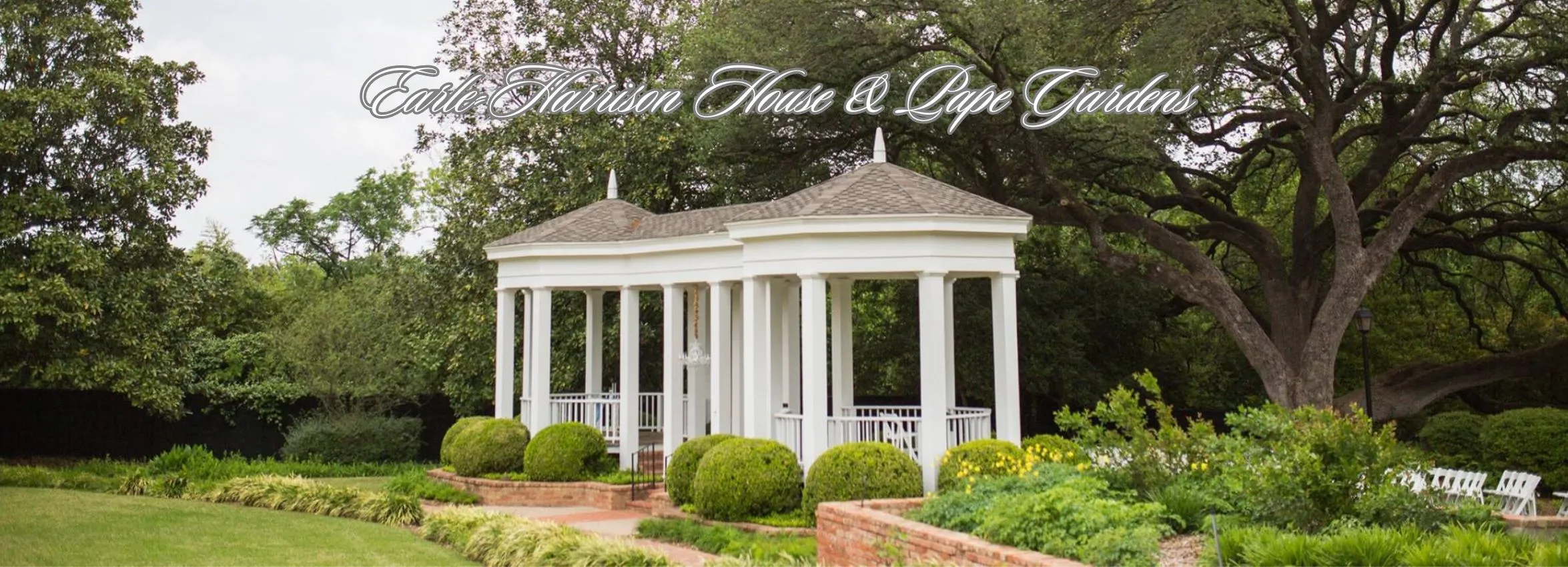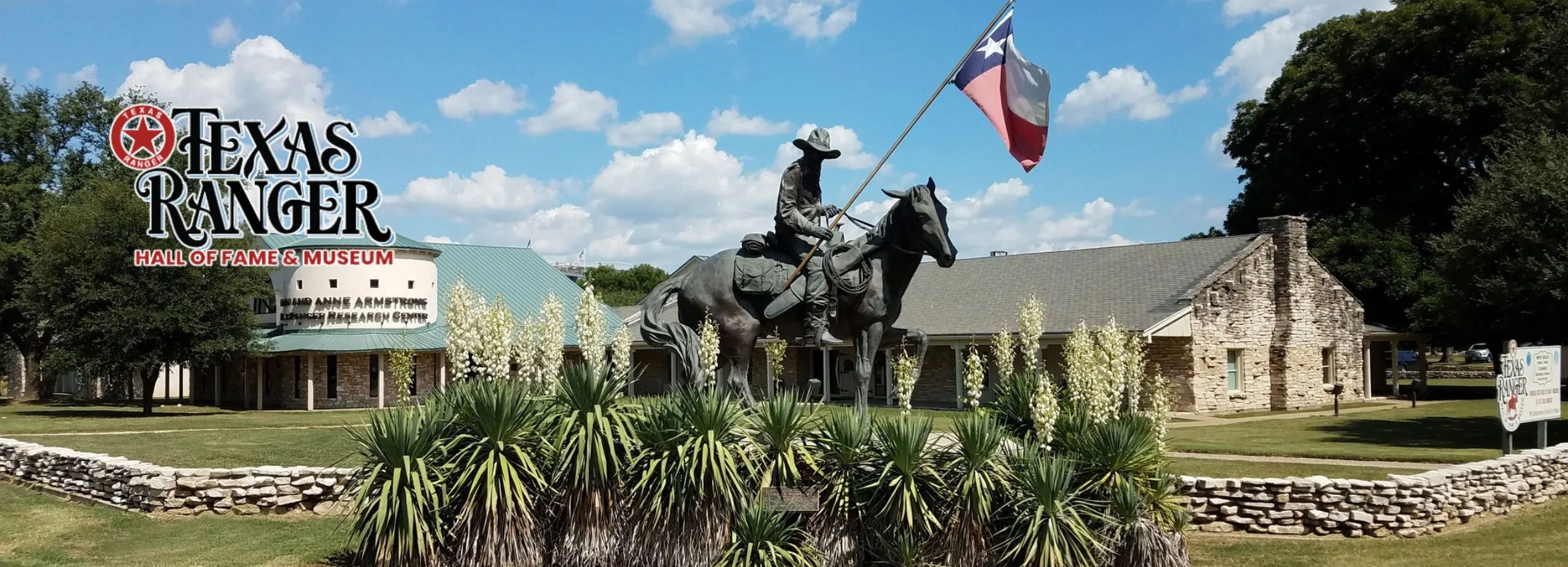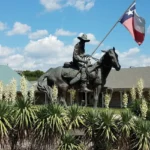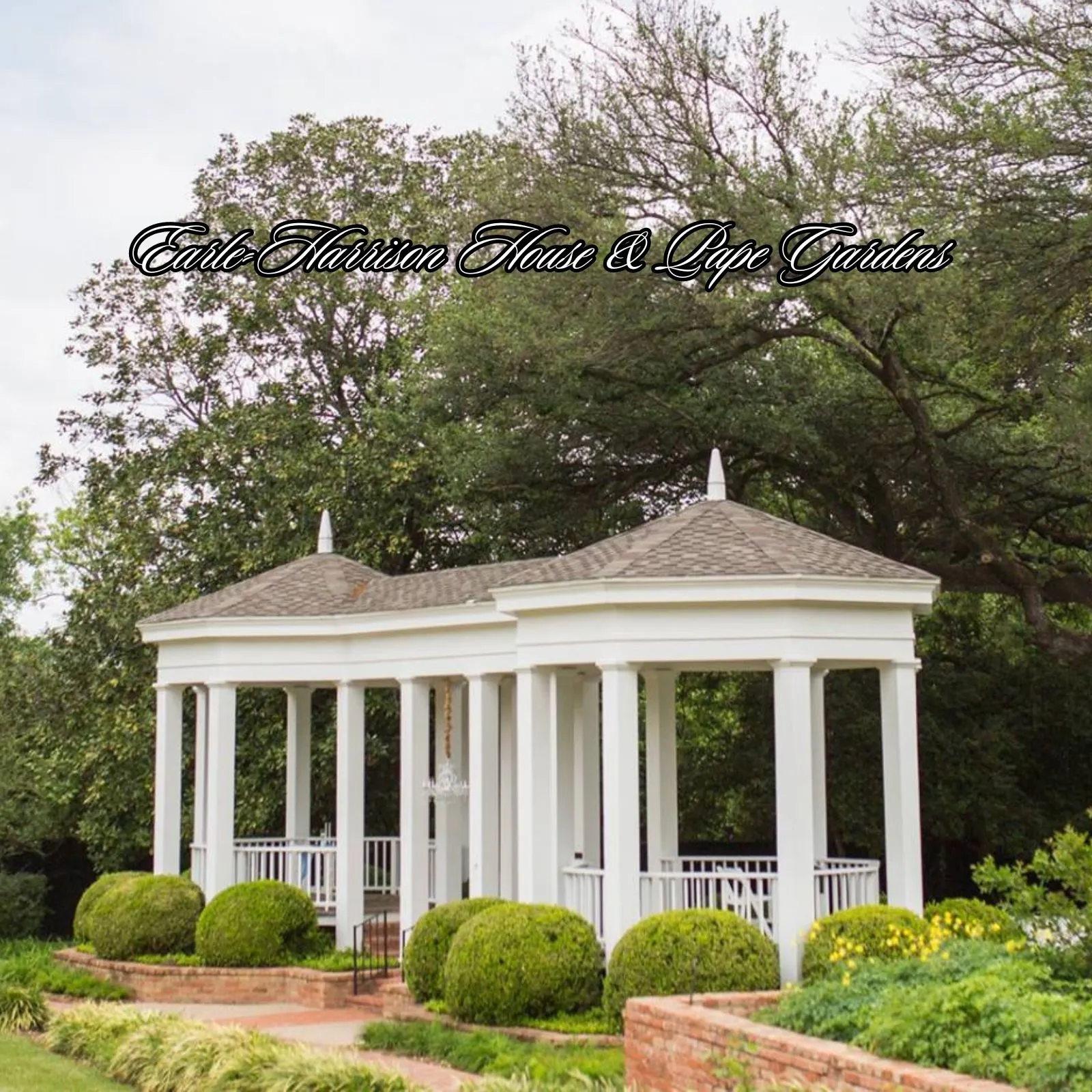The Rich Tapestry of Waco, Texas: A Historical Journey
The vibrant city of Waco, Texas has carved a niche for itself in the annals of American history. With tales of pioneering settlers, the influence of the Brazos River, and a cultural evolution that has seen the city morph into a modern-day hotspot, the history of Waco Texas is both fascinating and pivotal. Let’s embark on a journey through time, revisiting the key moments that have shaped this Texan gem.
1. Early Beginnings: The Waco Indians
Before it was known as Waco, the region was home to the Waco Indian tribe. These indigenous people, whose name means ‘a people who live by a river’, settled near the Brazos River, setting the stage for the city’s establishment.
2. The Birth of a Settlement: 1849
The year 1849 marks a significant milestone. A pioneer named Shapley Ross built a ferry across the Brazos River, connecting various trade routes. This ferry became the foundation around which the town began to take shape.
3. Incorporation and Growth: 1856
Fast forward to 1856, and Waco was officially incorporated. As settlers poured in, the town began to expand, establishing its first institutions, including schools and churches.
4. The Suspension Bridge: Bridging Communities
In 1870, the iconic Waco Suspension Bridge was completed. Not only was it an architectural marvel of its time, but it also played a pivotal role in fostering trade and communication.
5. The Cotton Boom: Prosperity and Challenges
By the late 19th century, Waco had positioned itself as a major player in the cotton industry. Cotton mills dotted the landscape, bringing prosperity but also highlighting the challenges of labor rights and economic disparity.
6. Baylor University: A Beacon of Learning
Baylor University, founded in Independence, Texas, in 1845, moved to Waco in 1886. Today, it stands as one of the oldest and most prestigious institutions in the state, reflecting Waco’s commitment to education and progress.
7. The Tornado of 1953: Resilience in the Face of Tragedy
A dark day in Waco’s history, the tornado of 1953 left an indelible mark. Claiming 114 lives and causing immense damage, the disaster showcased the city’s resilience as the community rallied together, rebuilding and emerging stronger than before.
8. The Modern Era: Urban Development and Cultural Renaissance
In recent decades, Waco has undergone significant urban development. From the establishment of the Dr. Pepper Museum to the rise of Magnolia Market, the city has experienced a cultural renaissance, merging its rich past with a forward-thinking present.
9. Controversies and Healing: The Branch Davidian Standoff
No history of Waco would be complete without mentioning the tragic Branch Davidian standoff of 1993. This event put Waco in global headlines and prompted introspection and healing within the community.
10. Waco Today: A City on the Rise
Today, Waco stands as a testament to evolution, growth, and resilience. With thriving businesses, a buzzing cultural scene, and a nod to its storied past, it’s a city that beckons visitors and locals alike to delve deeper into its historical layers.
Conclusion
The story of Waco, Texas is more than just a series of dates and events; it’s a narrative of a city that has consistently risen above challenges, embracing change while holding onto its roots. From the early days of indigenous settlements to its present-day prominence, Waco serves as a microcosm of Texan spirit and American evolution. As you walk its streets, visit its landmarks, and engage with its community, you’re not just experiencing a city – you’re touching a piece of living history.











